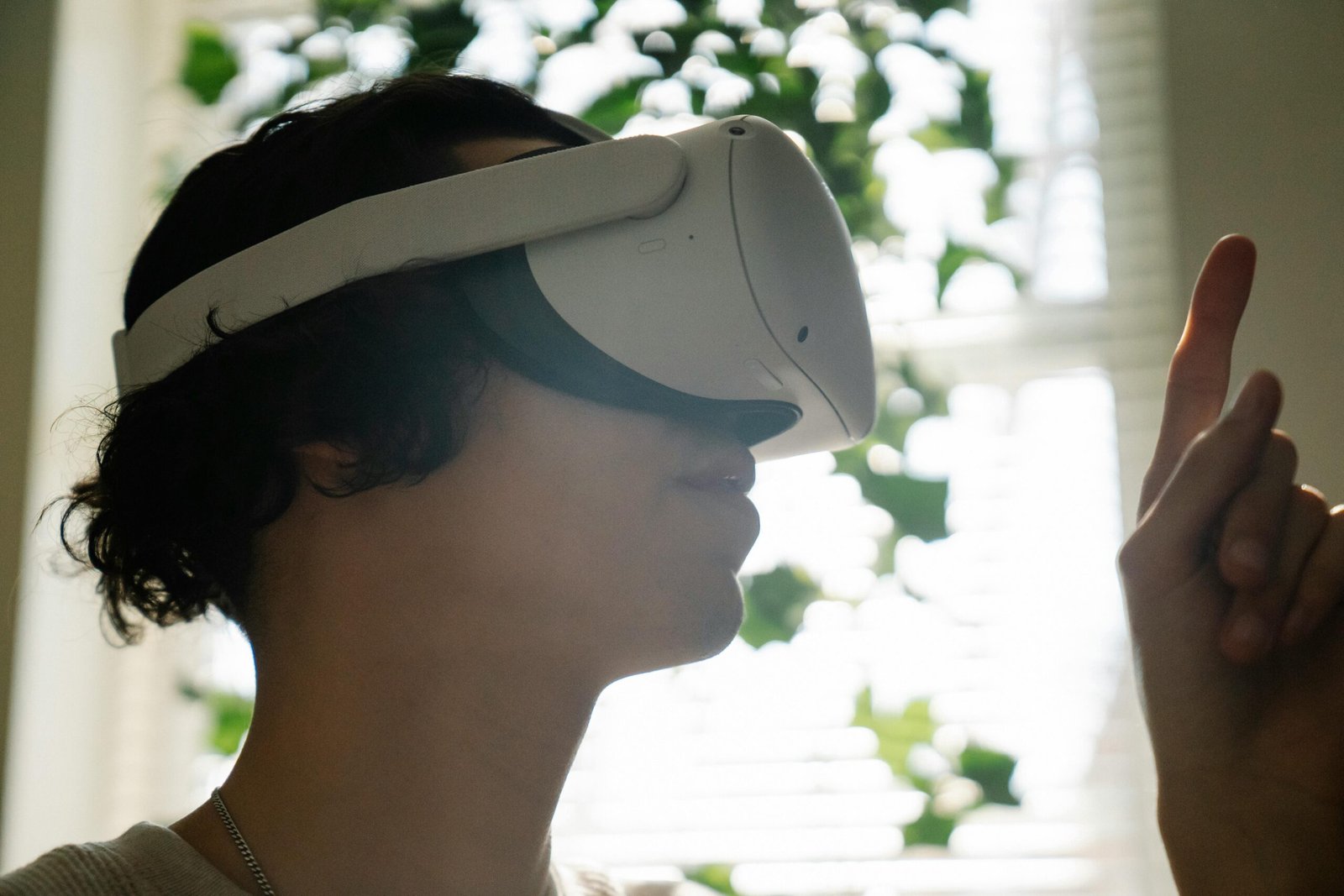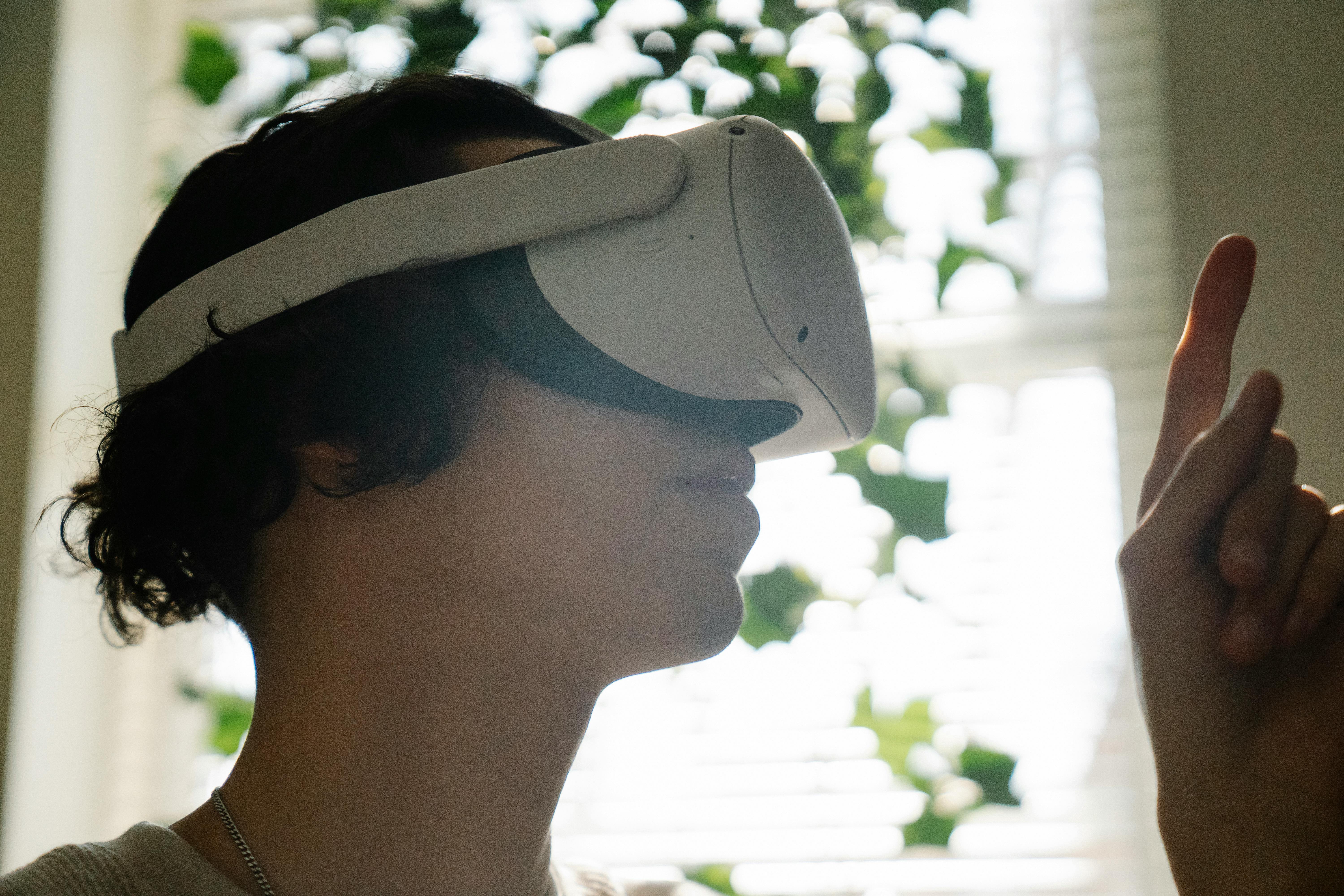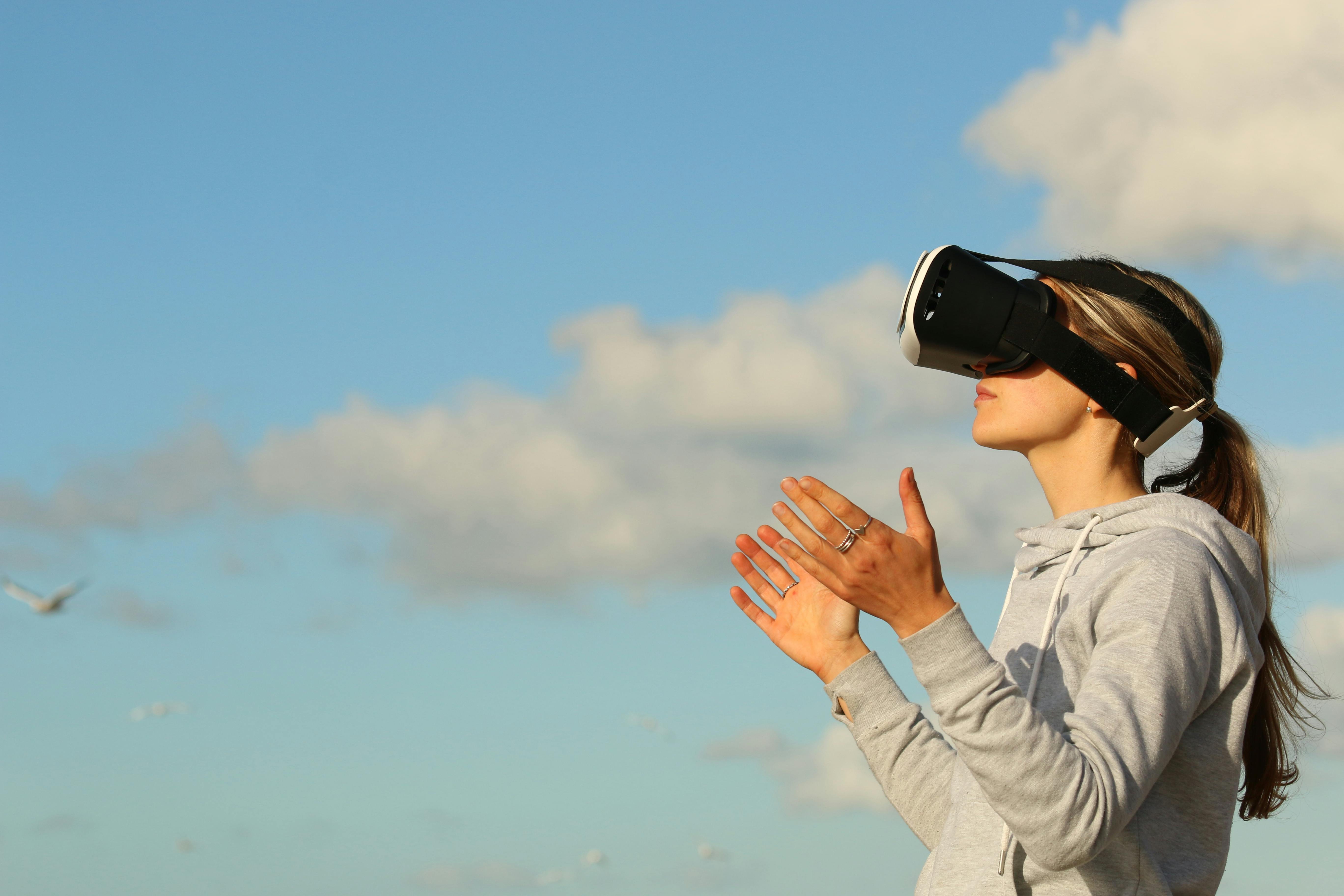
Have you ever wondered about the potential effects of side sleeping on your facial skin and wrinkles? Many of us have a preferred sleeping position, and side sleeping is certainly one of the most popular choices. However, have you ever considered how this position might impact your skin? In this article, we will explore the potential effects of side sleeping on facial skin and wrinkles, providing you with valuable insights to help you make informed choices for your beauty sleep. So, let’s dive in and discover what side sleeping might be doing to your skin!

Potential Effects of Side Sleeping on Facial Skin
Changes in Blood Flow
When you sleep on your side, the natural flow of blood to your face may be altered. This can lead to a decrease in blood circulation, which can negatively impact the delivery of essential nutrients and oxygen to your facial skin. Inadequate blood flow can also impede the removal of metabolic waste from your skin cells, leading to a dull and lackluster complexion.
Increased Pressure on Skin
One of the potential effects of side sleeping is the increased pressure exerted on your facial skin. The weight of your head pressing against the pillow can cause compression on certain areas, such as your cheeks and jawline. This constant pressure can lead to the development of sleep lines and wrinkles, especially over time.
Overstretching of Skin
Side sleeping can also result in the overstretching of your facial skin. The constant pressure and friction between your face and the pillow can cause your skin to stretch, particularly around the cheeks and chin. Overstretching can lead to a reduction in skin elasticity and firmness, making wrinkles and sagging more apparent.
Compression of Facial Muscles
When you sleep on your side, your facial muscles can get compressed against the pillow. This compression can contribute to the formation of static sleep lines, which are creases that become etched into your skin over time. Additionally, the compression of facial muscles can deepen existing wrinkles, making them more pronounced.
Increased Risk of Wrinkles
Formation of Sleep Lines
Side sleeping can increase the likelihood of forming sleep lines. Sleep lines are wrinkles that are typically seen on the side of the face where the pressure is applied. These lines can become more prominent and visible as you age, especially if side sleeping is a regular habit.
Deformation of Collagen and Elastin
Collagen and elastin are two vital proteins that support the structure and elasticity of your skin. However, side sleeping can cause deformation of these proteins, leading to a loss of skin firmness and elasticity. The constant pressure and rubbing against the pillow can break down collagen and elastin fibers, resulting in the appearance of wrinkles and sagging skin.
Reduced Skin Elasticity
Side sleeping can adversely affect your skin’s elasticity. The overstretching and compression of your facial skin while sleeping on your side can cause it to lose its natural ability to bounce back. Reduced elasticity can make your skin more prone to developing wrinkles and fine lines, making you appear older than you actually are.
Development of Facial Creases
The combination of pressure, stretching, and compression that occurs during side sleeping can lead to the development of facial creases. These creases can become deeper and more permanent over time, and they often appear on the cheek and jawline areas. Side sleeping can contribute to premature aging signs, such as the formation of furrows and creases on your face.

Contributing Factors
Duration and Frequency of Side Sleeping
The duration and frequency of side sleeping can have an impact on your facial skin. Spending prolonged periods in this position or consistently sleeping on your side can increase the likelihood of experiencing the potential effects mentioned earlier. It is important to be mindful of your sleeping habits and try to vary your sleep positions.
Sleeping Position on Pillow
The way you position your face on the pillow can also affect your facial skin. Placing your cheek or chin directly on the pillow can subject your skin to more pressure and friction, potentially exacerbating the development of wrinkles and sleep lines. It is advisable to adopt a more neutral position that minimizes the contact and compression on your facial skin.
Quality of Pillow and Bedding
The quality of your pillow and bedding can also play a role in the potential effects of side sleeping. Firmer pillows may exert more pressure on your facial skin, while rough or abrasive fabrics can create more friction. Opting for a pillow with adequate support and using smooth, breathable bedding materials can help reduce the impact on your skin.
Individual Skin Characteristics
Everyone’s skin is unique, and individual factors such as genetics and overall skin health can influence how side sleeping affects your facial skin. Some individuals may be more prone to developing wrinkles and sleep lines, while others may have better skin resilience. Understanding your skin’s specific characteristics can help you determine the best preventive measures and skincare routine.
Sleeping Position and Blood Flow
Impact on Facial Circulation
Side sleeping can interfere with the natural circulation of blood to your face. As gravity pulls blood downward, the lateral position can result in reduced blood flow to your facial skin. Poor circulation limits the supply of essential nutrients and oxygen to the skin cells, diminishing their vitality and overall health.
Effects on Skin Nutrient Supply
The altered blood flow during side sleeping can have a direct impact on the supply of nutrients to your facial skin. Nutrient-rich blood plays a crucial role in nourishing and replenishing skin cells. Insufficient nutrient supply can lead to dullness, dryness, and compromised skin health, making wrinkles and other aging signs more apparent.
Impediment of Waste Removal
In addition to nutrient supply, side sleeping can impede the removal of metabolic waste products from your facial skin. Adequate waste removal is essential for maintaining a healthy complexion and preventing the build-up of toxins. Reduced waste removal can contribute to skin congestion, inflammation, and ultimately accelerate the aging process.

Pressure on Skin and Wrinkle Formation
Mechanical Pressure and Shear Forces
The mechanical pressure and shear forces exerted on your facial skin during side sleeping can contribute to the formation of wrinkles. When your face is pressed against the pillow, the pressure can cause the skin to fold and crease. The repeated friction and rubbing against the pillow can further exacerbate the development of wrinkles, especially in areas where the skin is thinner and more delicate.
Increased Pressure on Cheeks and Jawline
Side sleeping often involves resting one side of your face, particularly the cheeks and jawline, against the pillow. This prolonged pressure can lead to the compression of underlying tissues, including muscles and fat pads. The increased pressure can weaken the supportive structures that maintain your facial shape, resulting in sagging skin and the formation of wrinkles.
Effects on Skin Barrier Function
Your skin acts as a protective barrier against environmental stressors and moisture loss. However, side sleeping can compromise this barrier function. The constant rubbing and pressure on your facial skin can disrupt the skin’s natural lipid barrier, allowing moisture to escape and making your skin more susceptible to dryness and the appearance of fine lines.
Effect of Overstretching on Skin Elasticity
Tension and Stretching of Facial Skin
Side sleeping can subject your skin to continuous tension and stretching. When your face is pressed against the pillow, the weight of your head and the friction against the fabric can cause your skin to stretch. Over time, this repeated stretching can lead to decreased skin elasticity and contribute to the formation of wrinkles and sagging.
Reduction in Collagen Production
Collagen is a vital protein that provides structure and firmness to your skin. However, side sleeping can negatively impact collagen production. The constant pressure and stretching of facial skin can disturb the collagen synthesis process, leading to a reduction in collagen production. Lower collagen levels can result in the loss of skin firmness and contribute to the development of wrinkles.
Negative Impact on Skin Firmness
Side sleeping can have a negative effect on the firmness of your facial skin. The overstretching and compression that occur during this sleep position can lead to a decrease in skin firmness and resilience. This can make your skin more prone to developing wrinkles and fine lines, as it lacks the necessary support and elasticity to maintain its youthful appearance.
Compression of Facial Muscles and Crease Development
Facial Muscles Compressed Against Pillow
When you sleep on your side, your facial muscles can experience compression against the pillow. This compression can lead to muscle tension and stiffness, which can contribute to the formation of static sleep lines. Static sleep lines are wrinkles that develop due to the repeated folding and compressing of the skin over time.
Formation of Static Sleep Lines
The consistent compression of facial muscles against the pillow during side sleeping can contribute to the formation of static sleep lines. These lines tend to be etched into the skin and can become more apparent as you age. Staying in the same sleeping position for extended periods can exacerbate these lines and make them more challenging to diminish.
Deepening of Existing Wrinkles
Side sleeping can potentially deepen existing wrinkles. The combination of pressure and friction on your facial skin can cause the creases and lines to become more pronounced. The repetitive movement of the skin against the pillow can accelerate the breakdown of collagen and elastin fibers, making the wrinkles more visible and resistant to treatment.
Prevention and Minimization Techniques
Use of Silk or Satin Pillowcases
To minimize the potential effects of side sleeping on your facial skin, consider using silk or satin pillowcases. These smooth fabrics create less friction and reduce the likelihood of skin stretching and creasing. Silk pillowcases also have the added benefit of retaining moisture, preventing dehydration and dryness.
Utilizing Beauty Sleep Products
Incorporating beauty sleep products into your nighttime routine can work wonders in preventing and minimizing the effects of side sleeping on your facial skin. Look for products that contain ingredients like hyaluronic acid, retinol, and peptides, which help hydrate, stimulate collagen production, and support skin renewal.
Strategic Placement of Pillows
You can also strategically place additional pillows to help maintain a more neutral sleeping position. Placing a pillow between your knees or against your back can help discourage rolling onto your side while you sleep. By positioning pillows strategically, you can minimize the pressure and compression on your facial skin, reducing the potential for wrinkle formation.
Adopting Back Sleeping
If you’re concerned about side sleeping’s potential effects on your facial skin, you may want to consider adopting back sleeping as your preferred sleeping position. Sleeping on your back can distribute your body weight more evenly, minimizing pressure on specific areas of your face. Back sleeping is often recommended as a way to reduce the chances of developing sleep lines and wrinkles.
Skincare Routine and Hydration
Moisturizing Effects and Barrier Protection
Incorporating a moisturizer into your skincare routine can help counteract the drying effects of side sleeping on your facial skin. Look for a moisturizer that contains hydrating ingredients like hyaluronic acid and ceramides to replenish moisture and reinforce your skin’s protective barrier. Adequately moisturized skin is more resilient and less prone to wrinkle formation.
Usage of Anti-Wrinkle Products
Anti-wrinkle products can be beneficial in reducing the potential effects of side sleeping on your facial skin. Look for products that contain ingredients like retinol, peptides, and antioxidants. These ingredients can help stimulate collagen production, improve skin elasticity, and protect against environmental damage that contributes to premature aging.
Importance of Sunscreen
Regardless of your sleeping position, sunscreen should be an integral part of your skincare routine. UV radiation is one of the primary factors that accelerate the aging process and contribute to the development of wrinkles. Applying a broad-spectrum sunscreen with at least SPF 30 daily can help protect your skin from harmful UV rays, preventing further damage and promoting healthier-looking skin.
Healthy Lifestyle Practices
Maintaining a healthy lifestyle can also support the health and appearance of your facial skin. Proper hydration, a balanced diet rich in antioxidants, regular exercise, and sufficient sleep all play a role in the overall health and vitality of your skin. By adopting these practices, you can enhance your skin’s resilience and minimize the potential effects of side sleeping.
Consultation with Dermatologist
Identifying Individual Risk Factors
If you are concerned about the potential effects of side sleeping on your facial skin, it may be beneficial to consult with a dermatologist. A dermatologist can assess your skin’s specific characteristics, identify any individual risk factors, and provide personalized recommendations to mitigate the impact of side sleeping.
Personalized Skincare Recommendations
A dermatologist can provide you with tailored skincare recommendations based on your skin type, concerns, and preferred sleeping position. They can suggest specific products and ingredients that are most effective in combating the potential effects of side sleeping on your facial skin. These personalized recommendations can help optimize your skincare routine and target your specific needs.
Professional Treatment Options
In addition to skincare recommendations, a dermatologist can offer professional treatment options to address any existing wrinkles or signs of aging caused by side sleeping. Procedures such as laser resurfacing, chemical peels, microdermabrasion, and injectables can help improve skin texture, reduce wrinkles, and enhance overall skin appearance.
Medical Intervention if Necessary
In some cases, medical intervention may be necessary to effectively minimize the potential effects of side sleeping on your facial skin. If you have severe wrinkles or sagging skin, a dermatologist can discuss more invasive treatment options such as facelifts or other surgical procedures. They will help you weigh the benefits and potential risks of these procedures and determine the most suitable course of action.
In conclusion, side sleeping can have a range of potential effects on your facial skin, including changes in blood flow, increased pressure on the skin, overstretching of the skin, and compression of facial muscles. These effects can contribute to the development of wrinkles, sleep lines, reduced skin elasticity, and the formation of facial creases. Factors such as the duration and frequency of side sleeping, sleeping position on the pillow, quality of pillow and bedding, and individual skin characteristics can all play a role in determining the severity of these effects. However, there are preventive and minimization techniques that can help mitigate the impact of side sleeping on your facial skin. By incorporating proper skincare, strategic pillow placement, and considering alternative sleeping positions, you can protect and maintain the health and appearance of your skin. If you have specific concerns or require personalized recommendations, it is advisable to consult with a dermatologist who can provide expert guidance and potential treatment options.






